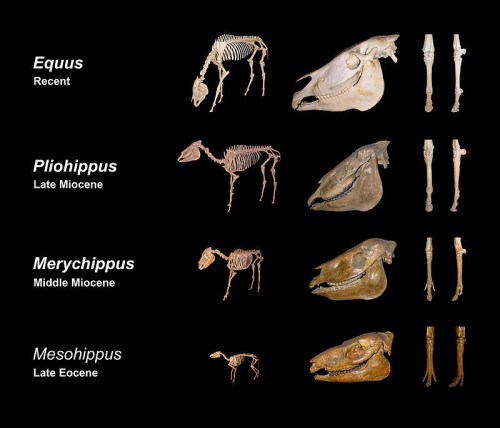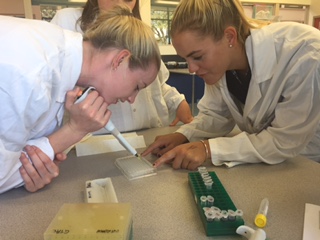Good introduction from BBC Earth: How do we know evolution is real?
Evidence for evolution:
- Embryology – Haeckel’s drawings have been shown to greatly exaggerate the similarities between different vertebrates.
- Homologies
- Fossils
- Biogeography and Wallace and Wagner
- DNA analysis and DNA in Evolution
- Genetic experiments (eg. Mendel’s peas, fruit flies, antibiotic resistance)
- What evidence supports the theory of evolution? – some good questions here!
- This interactive animation, “Evolution in Action” outlines the evidence for evolution and gives an opportunity for students to participate in a simulated natural selection experiment.
Tree of Life Resources:
- “Tree of Life” – an interactive site where you can investigate relationships between different species.
- “Tree of Life” video with David Attenborough
- Education resources
YouTube Videos:
- The history of life on earth – timeline and characteristics of major eras (7.27min)
- The evolution of life on earth (2.19min)
- Evolution on earth in 60 seconds (1.47min)
- Origin and evolution of life (10.56min)






